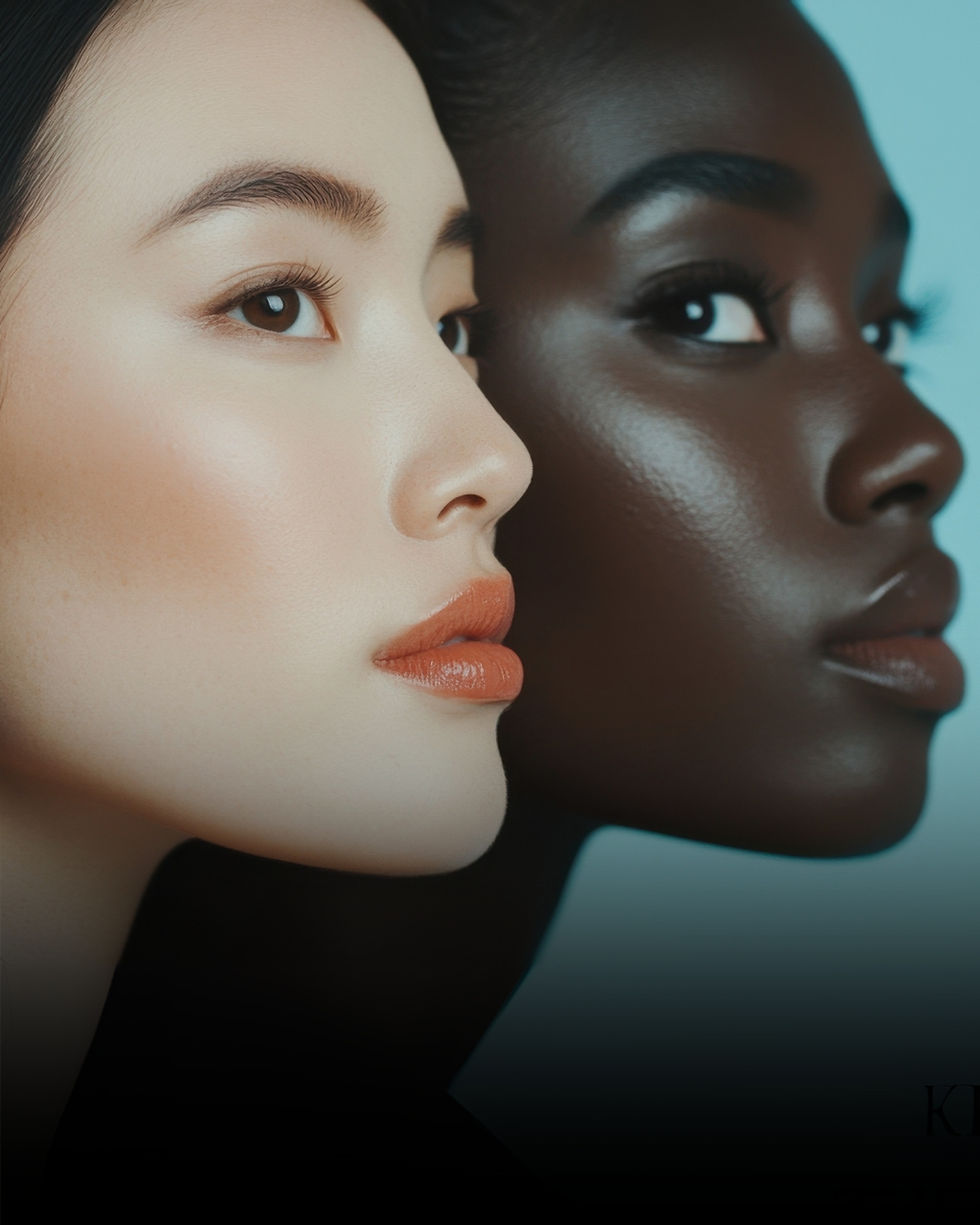What Your Face Reveals: The Psychology Behind Facial Features
- David LeFave
- Jul 30
- 3 min read

They say the face is the window to the soul—and science is catching up to the idea that our facial features may shape how others see us and how we see ourselves. From jawline definition to eyelid symmetry, certain features are consistently linked to traits like trustworthiness, intelligence, youth, and strength. But are these associations hardwired, cultural, or both?
At his offices in Manhattan NYC and Rye, NY, Dr. Robert Schwarcz sees firsthand how patients are influenced not just by what they look like, but by how others perceive them. Understanding the psychology behind facial features helps guide a more nuanced approach to facial aesthetic treatments—one that balances natural beauty with emotional resonance.
Why Facial Features Matter—Psychologically
Our brains are hardwired to make snap judgments based on facial cues. Within milliseconds of meeting someone, we subconsciously assess traits like friendliness, competence, and even social status—all from their face.
Studies in psychology and behavioral science have shown that certain facial structures are commonly (though not always accurately) associated with specific personality traits:
A strong jawline is often linked to confidence and decisiveness
Large, wide-set eyes may be perceived as youthful and trustworthy
Thin lips can be associated with seriousness or restraint
Full cheeks and rounder faces often read as more approachable
Deep-set or heavy eyelids may be unfairly linked to tiredness or aging
Of course, these are perceptions, not truths. But when patients say, “I look tired” or “People think I’m angry,” they’re often reacting to these subconscious social cues—and they’re not wrong to want a change.
How Cosmetic Enhancements Influence Perception
Cosmetic surgery and non-surgical treatments don’t just change the way you look—they can shift how you're perceived. Subtle tweaks to the eyes, mouth, and jawline often help patients feel like their outside finally matches how they feel inside.
Examples include:
Blepharoplasty (eyelid surgery) that lifts sagging lids can make a person look more alert and friendly
Brow lifts can soften a “resting angry face” without affecting natural expression
Fat grafting or filler to the midface can restore volume and balance, which is often perceived as warmth and vitality
Lip enhancement—when done conservatively—can add youth and softness without looking overdone
Dr. Schwarcz’s signature approach focuses on enhancing your natural structure rather than reshaping it entirely. By taking into account facial psychology and symmetry, each treatment is tailored to help you appear not just more refreshed—but more like yourself.
Cultural Influences on Facial Attractiveness
What we find beautiful or trustworthy isn’t purely biological. Cultural factors play a huge role in shaping our beauty standards. In Western cultures, features like high cheekbones, smooth skin, and a defined jawline are typically prized. In East Asian aesthetics, a heart-shaped face and delicate features are often favored. Across cultures, symmetry and proportionality are nearly universal markers of attractiveness.
Understanding these nuances is critical, especially in a city as diverse as New York. Dr. Schwarcz frequently works with patients of all ethnic backgrounds and believes strongly in preserving cultural identity while offering aesthetic refinement. Natural-looking results that honor your heritage are always the priority.
The Role of Symmetry and Balance
Symmetry is often described as the cornerstone of facial attractiveness—but it’s really about perceived symmetry. Faces that are perfectly symmetrical are rare (and can even appear uncanny). Instead, we’re drawn to faces with harmonious proportions and balance between facial thirds (forehead, midface, and jawline).
When designing treatment plans, Dr. Schwarcz pays close attention to these relationships. For example:
Restoring volume to hollow temples or cheeks can improve facial balance
Addressing under-eye volume loss can smooth transitions between facial zones
Reshaping the chin with filler or fat grafting can bring symmetry to the lower face
These changes are subtle but powerful. They work with your existing structure, not against it.
Emotional Wellness and Facial Aesthetics
There’s a growing body of evidence supporting the emotional benefits of facial aesthetic procedures. When people feel that their outward appearance aligns with their inner identity, it can boost self-esteem, social confidence, and even professional interactions.
Patients often describe feeling more:
Approachable
Empowered
Comfortable in their skin
Reflective of their personality
It’s never about chasing perfection—it’s about showing up as your most authentic self.
Choose Robert Schwarcz, MD for Facial Harmony That Reflects You
With more than 20 years of experience in facial plastic surgery, Dr. Robert Schwarcz is an expert at blending aesthetic medicine with an understanding of facial psychology. Every procedure—whether surgical or non-surgical—is approached with the goal of enhancing how you feel as much as how you look.
Whether you're interested in eyelid surgery, laser rejuvenation, fat grafting, or subtle contouring, you’ll receive a thoughtful consultation that considers your natural beauty, cultural identity, and long-term goals.
Visit our Upper East Side of Manhattan or Rye, NY locations to begin your journey toward facial harmony. Request an Appointment at the bottom of this page.